香川県丸亀市に位置する美術館『ミモカ(MIMOCA / Marugame Genichiro Inokuma Museum Of Contemporary Art)』は、画家・猪熊弦一郎からの寄贈作品2万点を展示しています。美術館はJR丸亀駅前にあり、設計は建築家谷口吉生さん。香川県立東山魁夷せとうち美術館や、広島市環境局中工場、法隆寺宝物館、ニューヨークの現代美術館(MoMA)の設計を手がけています。父親である谷口吉郎氏との縁もあり、猪熊さんは谷口吉生さんを信頼し、MIMOCAの設計を依頼した経緯があります。
「アートというものは、心のヴァイタリティーの一つの薬みたいなものですね。それを大きくすりゃあ、ミュージアムでしょう。病院という、病気のための、人間を生き返らせる機械があるとすると、ミュージアムというのは心の病院です。それを一点でも、もってきて家庭に置けば、結局、バイタミン(vitamin:ビタミン)のいいのを毎日飲んでるようなものですね。」(対談:猪熊弦一郎、盛田良子「絵かきは長生きしないと」『味の手帖』1982年9月号より)
The museum MIMOCA (Marugame Genichiro Inokuma Museum Of Contemporary Art), located in Marugame city, Kagawa Prefecture, displays 20,000 works donated by the painter Genichiro Inokuma. The museum is located in front of JR Marugame Station and was designed by architect Yoshio Taniguchi. He has designed the Higashiyama Kaii Setouchi Art Museum in Kagawa, the Hiroshima City Environment Bureau’s Naka Plant, the Gallery of Horyuji Treasures and the Museum of Contemporary Art (MOMA) in New York. With a connection to his father, Yoshio Taniguchi, Mr Inokuma trusted Yoshio Taniguchi and how he commissioned him to design MIMOCA.
Art is like a medicine for the vitality of the mind. If you make it big enough, it’s a museum. Hospitals are machines that bring people back to life, but a museum is a hospital for the mind. If you bring even one of them into the home, it’s like taking a good dose of vitamins every day.” (Conversation: Genichiro Inokuma and Yoshiko Morita, “Painters Must Live Longer”, from Aji no Techo, September 1982)
MIMOCA 丸亀市猪熊弦一郎現代美術館
住所:香川県丸亀市浜町80-1 [Google Map]
時間:10:00〜18:00(入館は17:30まで)
休館:月曜日(祝休日の場合はその直後の平日)、年末12月25日から31日、および臨時休館日
料金:常設展:一般 300円(240円) 大学生 200円(160円)
駐車:JR丸亀駅前地下駐車場・2時間無料(当館1階受付にて駐車券をご提示ください)
MIMOCA Marugame Genichiro Inokuma Museum of Contemporary Art
Address : 80-1 Hamacho, Marugame city, Kagawa pref., Japan [Google Map]
Opening hours : 10:00-18:00 (admission by 17:30)
Closed: Mondays (or the weekday immediately following a national holiday), year-end holidays 25-31 December and temporary closures.
Admission : Permanent exhibition: Adults 300 yen (240 yen) University students 200 yen (160 yen)
Parking : Underground parking in front of JR Marugame Station, free for 2 hours (please present your parking ticket at the reception desk on the 1st floor of the museum).
![【香川】丸亀市猪熊弦一郎現代美術館 - [Kagawa] MIMOCA](https://yousakana.jp/wp-content/uploads/2023/12/mimoca_03-800x534.jpeg)
![【香川】丸亀市猪熊弦一郎現代美術館 - [Kagawa] MIMOCA](https://yousakana.jp/wp-content/uploads/2023/12/mimoca_02-800x533.jpeg)
![【香川】丸亀市猪熊弦一郎現代美術館 - [Kagawa] MIMOCA](https://yousakana.jp/wp-content/uploads/2023/12/mimoca_04-800x534.jpeg)
![【香川】丸亀市猪熊弦一郎現代美術館 - [Kagawa] MIMOCA](https://yousakana.jp/wp-content/uploads/2023/12/mimoca_01.jpeg)
建築の内側とも外側ともいえる空間。谷口吉生さんらしい空間の使い方です。時間帯によって変化する建築に入り込む自然光を楽しむことができます。
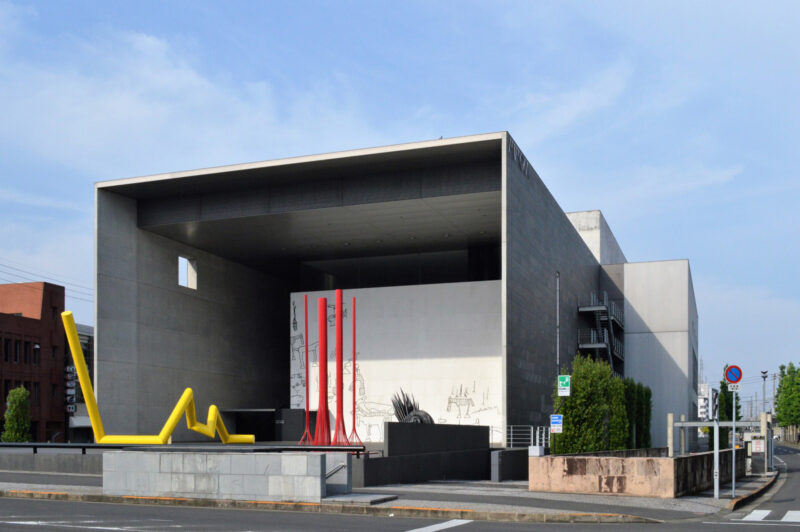
実は、MIMOCAは、ニューヨーク近代美術館(MoMA)の原型と言えます。ニューヨーク・タイムズ紙に掲載された写真をみて、1993年に、MoMAの建築部の学芸員が予告なしにMIMOCAを訪れました。その建物や空間、周辺の街との関係性などを高く評価。谷口さんがMoMA改修の設計コンペに参加し、10人の建築家の中から選ばれました。
In fact, MIMOCA is the prototype for the Museum of Modern Art (MoMA) in New York. A curator from MoMA’s Architecture Department visited MIMOCA unannounced in 1993 after seeing a photograph published in The New York Times. He highly praised the building, its space and its relationship with the surrounding city. Taniguchi participated in the design competition for the MoMA renovation and was selected from among 10 architects.
2023/04撮影
2021/12撮影
2021/07撮影
カフェ MIMOCA
2020年7月
MIMOCA
2017年9月
藤井久美さんから丸亀市に貴重な土地が寄贈されたことにより、この地に文化都市丸亀の拠点となる市立美術館と図書館が建設されました。
Kumi Fujii donated valuable land to the city of Marugame, and a municipal art museum and library were built on this site as the base of the cultural city of Marugame.
2015/09撮影
2014/05撮影
2010/08撮影
まるがめ婆娑羅まつり。まるがめ婆娑羅まつり 終了決まる 花火大会は会場変更し開催|NHK
MIMOCA 丸亀市猪熊弦一郎現代美術館
住所:香川県丸亀市浜町80-1 [Google Map]
時間:10:00〜18:00(入館は17:30まで)
休館:月曜日(祝休日の場合はその直後の平日)、年末12月25日から31日、および臨時休館日
料金:常設展:一般 300円(240円) 大学生 200円(160円)
駐車:JR丸亀駅前地下駐車場・2時間無料(当館1階受付にて駐車券をご提示ください)
MIMOCA Marugame Genichiro Inokuma Museum of Contemporary Art
Address : 80-1 Hamacho, Marugame city, Kagawa pref., Japan [Google Map]
Opening hours : 10:00-18:00 (admission by 17:30)
Closed: Mondays (or the weekday immediately following a national holiday), year-end holidays 25-31 December and temporary closures.
Admission : Permanent exhibition: Adults 300 yen (240 yen) University students 200 yen (160 yen)
Parking : Underground parking in front of JR Marugame Station, free for 2 hours (please present your parking ticket at the reception desk on the 1st floor of the museum).
About Genichiro Inokuma | MIMOCA
About Genichiro Inokuma
Biography of Genichiro Inokuma1902 Born in Takamatsu, Kagawa Prefecture, where he spent his youth.
1921 Graduates from Marugame Middle School (now, Kagawa Prefectural Marugame Senior HIgh School).
1922 Enters Tokyo Fine Arts School (now, Tokyo University of the Arts), where he studied under Takeji Fujishima.
1926 First selected for inclusion in the Imperial Art Acadmy’s 7th Art Exhibition. (Until 1934, Inokuma would mainly be active in the exhibition. He was also specially selected for the 10th and 14th events.)
1936 Forms the Shinseisaku-ha Kyokai (now, Shinseisaku Kyokai) with like-minded artists such as Masayoshi Ise, Iwao Uchida, Ryohei Koiso, Kei Sato, Yasushi Santa, Toshio Nakanishi, Kazu Wakita, and Makoto Suzuki.
1938 Studies in France (until 1940), and receives some instruction from Henri Matisse.
1955 Leaves Japan with the intention of studying in Paris again, but attracted to New York, where he has stopped en route, ends up staying there and working for a period of some 20 years.
1975 Gives up his New York studio, and begins spending winters in Hawaii and working the rest of the year in Tokyo.
1989 Donates 1,000 of his works to the city of Marugame.
1991 Marugame Genichiro-Inokuma Museum of Contemporary Art opens.
1992 Submits a document specifying his intention to donate all of his works to Marugame, after which everything is gradually moved to the museum.
1993 Dies in Tokyo at the age of 90.Introduction to the Museum
At the entrance of the museum, visitors will find Genichiro Inokuma’s huge mural and a space with some of the artist’s objects. The building’s facade acts as a natural extenuation of the adjacent station-front square. The facility was designed by Yoshio Taniguchi, who is world-famous for his beautiful museums. Through a series of discussions with Inokuma, Taniguchi arrived at a design that embodied their individual philosophies.
In the interior of the building, the first floor houses the museum shop, while the second contains two exhibition rooms of contrasting sizes, and the third, a spacious exhibition room with an approximately seven-meter-high ceiling. The museum was designed not only for the appreciation of creative works but to facilitate a variety of approaches to art. The second-floor Art Center, for example, is equipped with an art library, a hall for lectures and concerts, and a studio for workshops, while in the rear of the third floor visits can relax at Cascade Plaza and Café MIMOCA.
Architectural Overview
Lot area 5,974.53 square meters
Building Steel-reinforced concrete structure
(three floors above ground, one floor below ground)
Building area 3,564.80 square meters
Total floor area 11,948.14 square meters
Design Taniguchi and Associates (President: Taniguchi Yoshio)
Construction Kajima Corporation
Museum History
Construction commenced November 21, 1989
Construction completed June 20, 1991
Museum opened November 23, 1991
Architectural Awards
1992 26th Japan Sign Design Association (SDA) Award
1993 34th Building Contractors Society Award
1994 Murano Togo Award
1996 5th Public Buildings Association Award (Special Award)
猪熊弦一郎について
About Genichiro Inokumaプロフィール
1902年 香川県高松市生まれ。少年時代を香川県で過ごす。
1921年 旧制丸亀中学校(現 香川県立丸亀高等学校)卒業。
1922年 東京美術学校(現 東京藝術大学)に進学。藤島武二教室で学ぶ。
1926年 帝国美術院第7回美術展覧会に初入選。以後、第10回、第14回で特選となるなど、1934年まで主に帝展を舞台に活躍する。
1936年 志を同じくする伊勢正義、内田巖、小磯良平、佐藤敬、三田康、中西利雄、脇田和、鈴木誠と新制作派協会(現 新制作協会)を結成。以後、発表の舞台とする。
1938年 フランスに遊学(1940年まで)。アンリ・マティスに学ぶ。
1948年 『小説新潮』の表紙絵を描く(1987年まで)。
1950年 三越の包装紙「華ひらく」をデザインする。
1951年 国鉄上野駅(現 JR東日本上野駅)の大壁画《自由》を制作。
1955年 再度パリでの勉学を目指し日本を発つが、途中滞在したニューヨークに惹かれそのまま留まることとし、約20年間同地で制作する。
1973年 日本に一時帰国中、病に倒れる。
1975年 ニューヨークのアトリエを引き払う。その後、冬の間をハワイで、その他の季節は東京で制作するようになる。
1989年 丸亀市へ作品1000点を寄贈。
1991年 丸亀市猪熊弦一郎現代美術館開館。
1992年 所有するすべての作品などを丸亀市に寄贈する趣旨の文書提出。以降、順次丸亀市猪熊弦一郎現代美術館に搬入。
1993年 東京にて死去。90歳。建築について
Introduction to the Museum◎施設紹介
正面には、猪熊弦一郎の巨大な壁画《創造の広場》やオブジェの設置されたゲートプラザがあり、その伸びやかなファサードは、駅前広場と内部空間をゆるやかに結びつけています。設計は、数々の美術館建築を手がけ、現在、世界で最も美しい美術館をつくる建築家と評される谷口吉生。猪熊弦一郎との対話によって、アーティストと建築家の理念が細部に至るまで具現された建築となっています。自然光をふんだんに取り込んだ、軽やかで開放的な空間が広がる館内は、1階から3階までの3層構造となっており、1階にはオリジナルグッズやカタログを販売するミュージアムショップ、2階には対照的なプロポーションをもつ2つの展示室があり、さらに3階には天井高約7mの豊かなスケール感をもつ展示室を配しています。
また当館は、作品鑑賞だけでなく芸術へのさまざまなアプローチを可能にする施設です。2階のアートセンターは、美術に関連する書籍・雑誌が閲覧できる美術図書室、講演会やコンサートの会場となるミュージアムホール、そしてワークショップ等を行う造形スタジオを備えており、3階最奥部にあるカスケードプラザとカフェレストMIMOCAもまた皆様に心地よいひとときをご提供します。◎概要
敷地面積 5,974.53㎡
規模構造 鉄骨鉄筋コンクリート構造/地下1階、地上3階
建築面積 3,564.80㎡
延床面積 11,948.14㎡
設計 谷口建築設計研究所 所長 谷口吉生
施工 (株)鹿島建設◎沿革
着工 1989年11月21日
竣工 1991年6月20日
開館 1991年11月23日◎受賞歴
1992年 第26回SDA賞
1993年 第34回建築業協会賞
1994年 第7回村野藤吾賞
1996年 第5回公共建築賞・特別賞◎建築交流ネットワーク協定
国際的建築家 谷口吉生氏の設計による建築を施設の大きな特色の一つとしている国内の文化施設が、相互に連携・協力のもと魅力発信を図り、文化の振興に寄与することを目的として締結される協定です。(平成26年11月14日締結)
Yoshio Taniguchi (born 1937) is a Japanese architect best known for his redesign of the Museum of Modern Art in New York City, which was reopened November 20, 2004. Critics have emphasized Taniguchi’s fusion of traditional Japanese and Modernist aesthetics. Martin Filler, writing in The New York Times, praised “the luminous physicality and calm aura of Taniguchi’s buildings,” noting that the architect “sets his work apart by exploiting the traditional Japanese strategies of clarity, understatement, opposition, asymmetry and proportion.” “In an era of glamorously expressionist architecture,” wrote Time critic Richard Lacayo, MoMA “has opted for a work of what you might call old-fashioned Modernism, clean-lined and rectilinear, a subtly updated version of the glass-and-steel box that the museum first championed in the 1930s, years before that style was adopted for corporate headquarters everywhere.”
Taniguchi is best known for designing a number of Japanese museums, including the Nagano Prefectural Museum, the Marugame Genichiro-Inokuma Museum of Contemporary Art, the Toyota Municipal Museum of Art, the D.T. Suzuki Museum (鈴木大拙館, Suzuki Daisetsu Kan) in Kanazawa, and the Gallery of the Hōryū-ji Treasures at the Tokyo National Museum.

![【小豆島 7/8】虫送り、江戸時代から島に伝わる行事 - [Shodoshima island, 8 July] The torch procession at island](https://yousakana.jp/wp-content/uploads/wordpress-popular-posts/11719-featured-120x120.jpeg)
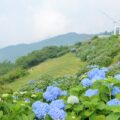
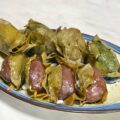
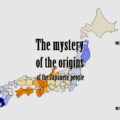
![【香川】春日川の川市 – [Kagawa] River market of Kasuga river](https://yousakana.jp/wp-content/uploads/wordpress-popular-posts/49605-featured-120x120.jpeg)
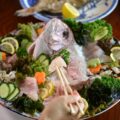
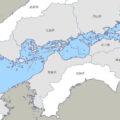
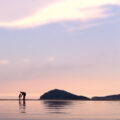
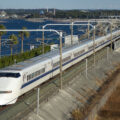
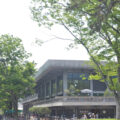
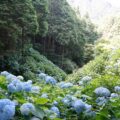
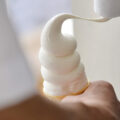
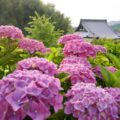
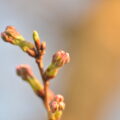
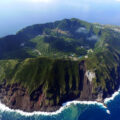
![【高知】魚を守る道、アイスハーバー型らせん魚道 – [Kochi] Ice Harbor type spiral fishway](https://yousakana.jp/wp-content/uploads/wordpress-popular-posts/50244-featured-120x120.jpeg)

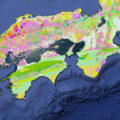
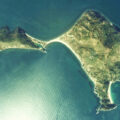
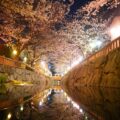
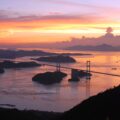
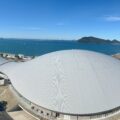
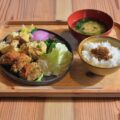
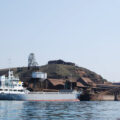
![【香川】江戸そば 日月庵 – [Kagawa] Edo soba Nichigetsuan](https://yousakana.jp/wp-content/uploads/2020/12/Kagawa_Edo-soba-Nichigetsuan-150x150.jpg)
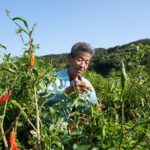
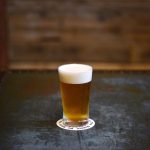
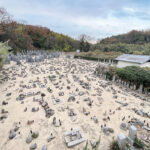
![【香川】日本100名城・現存天守・石垣の高さ日本一!『丸亀城』 – [Kagawa] Important Cultural Properties “MARUGAME CASTLE”](https://yousakana.jp/wp-content/uploads/2024/05/marugame-150x150.jpeg)
![【10/12-11/17 香川・丸亀市立資料館】ニッカリ青江が公開! – [Oct. 12 – Nov. 17 Marugame Municipal Museum, Kagawa] The Japanese sword “Nikkari Aoe”](https://yousakana.jp/wp-content/uploads/2015/08/nikkari-150x150.jpg)
![【本島】海を休ませるレストラン – [Honjima island] Resting Sea Restaurant](https://yousakana.jp/wp-content/uploads/2024/02/honjima_fish-Restaurant-150x150.jpeg)
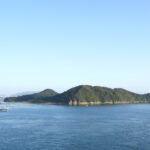
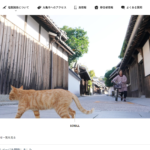
![【香川】ダブルダイヤモンド讃岐富士 – [Kagawa] Double Diamond Mt. Sanukifuji](https://yousakana.jp/wp-content/uploads/2021/08/Double-Diamond-Mt.-Sanukifuji-150x150.jpg)
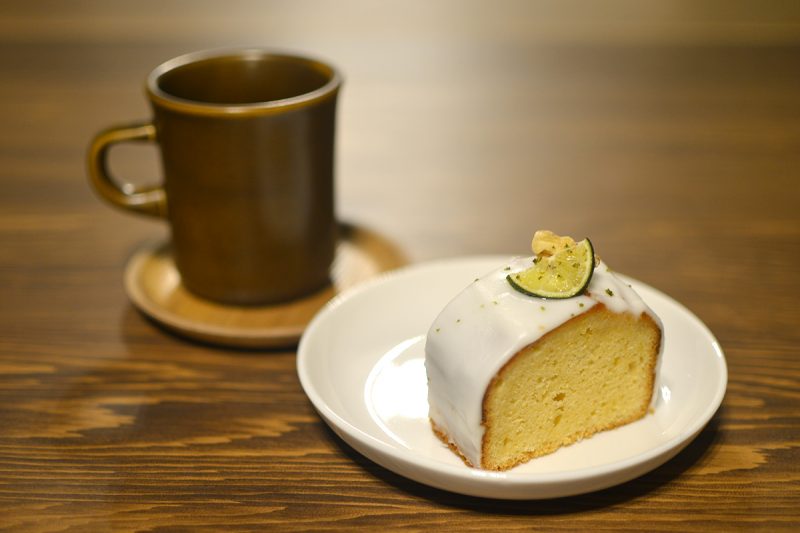
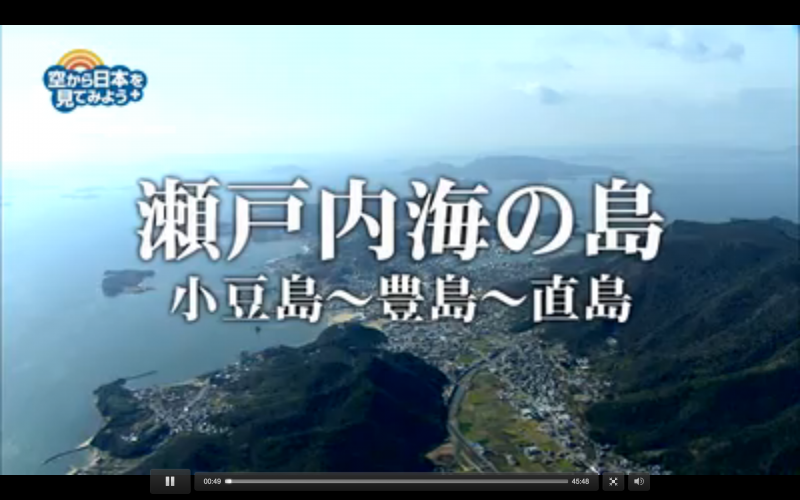
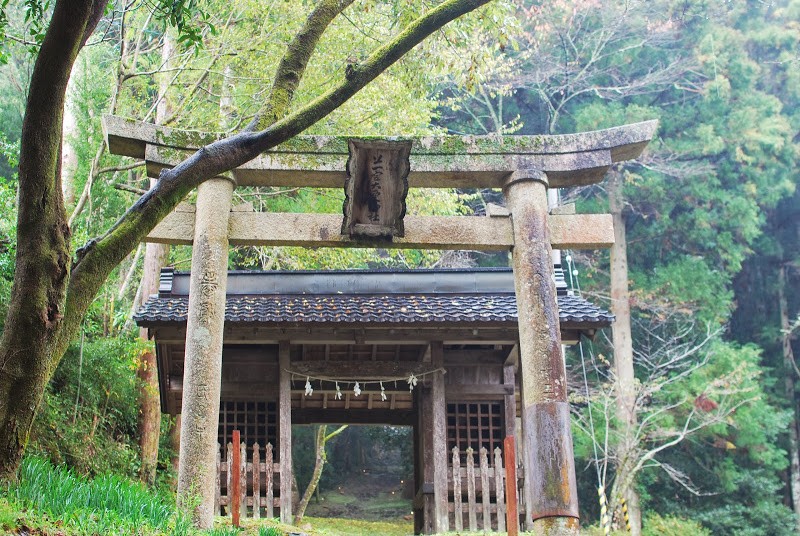
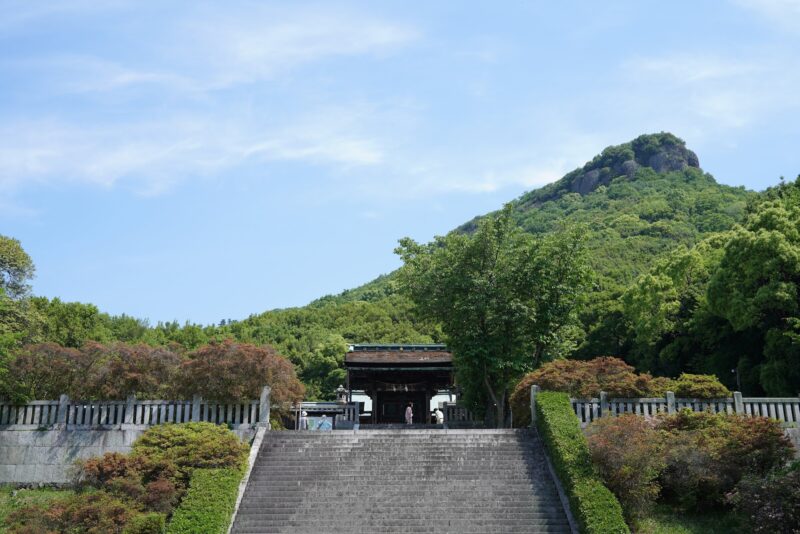
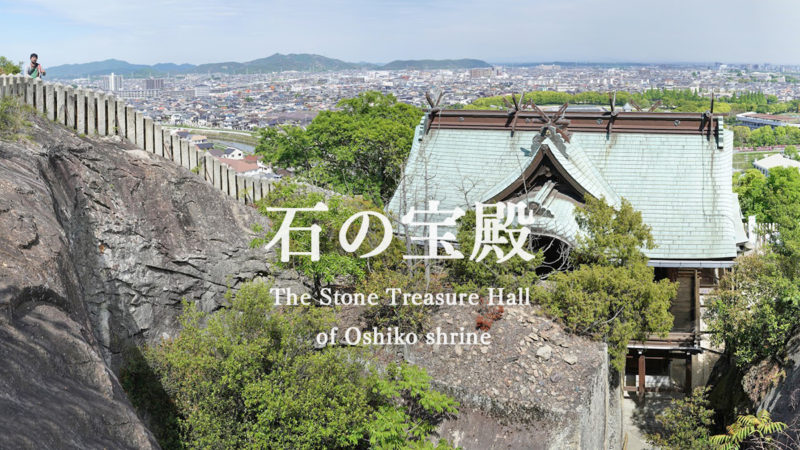
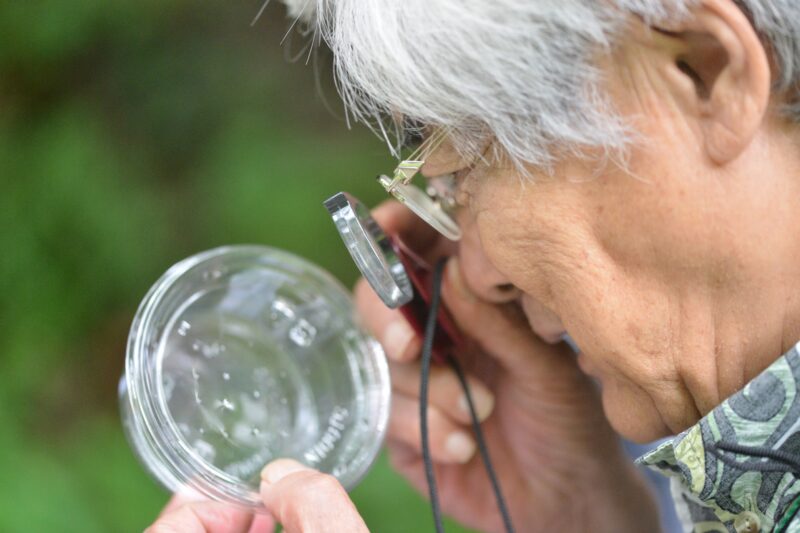
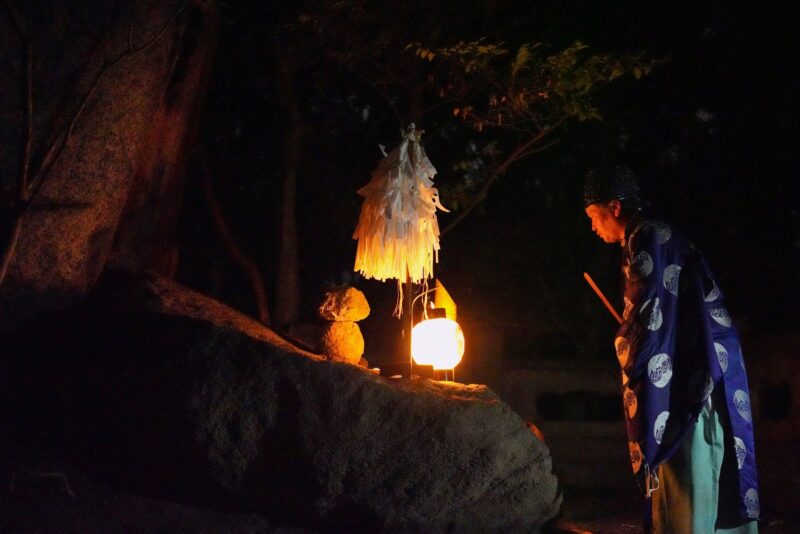
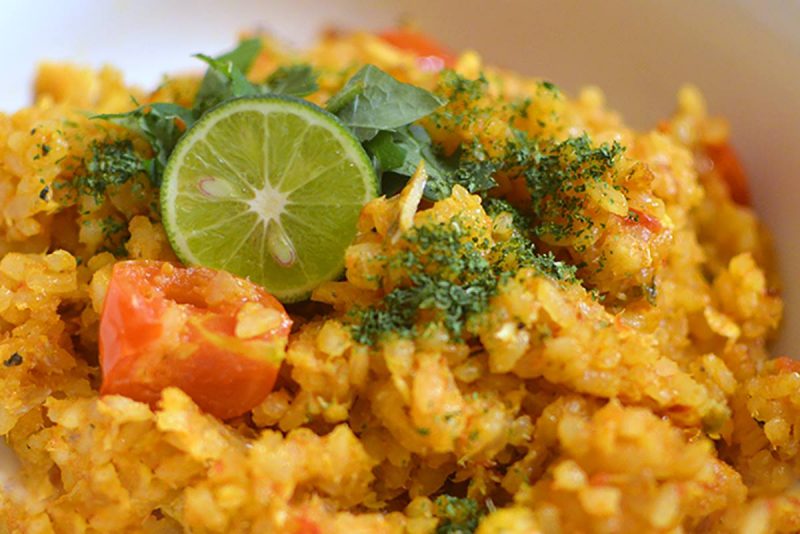
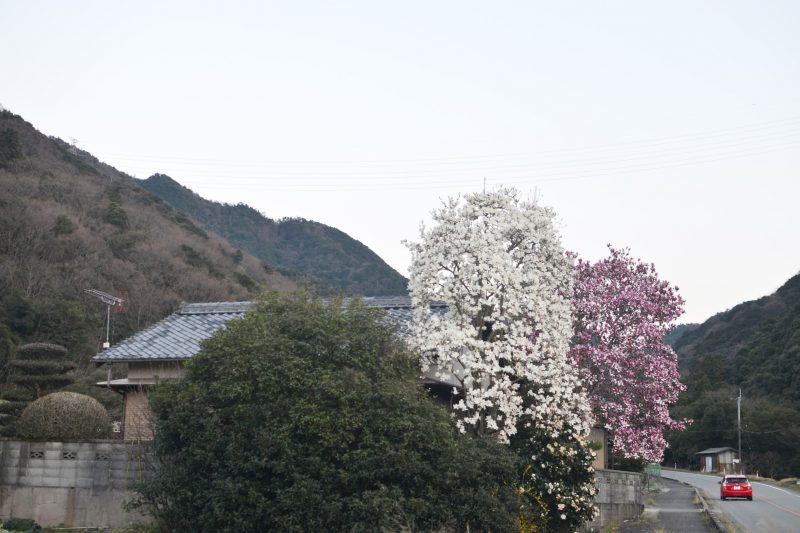
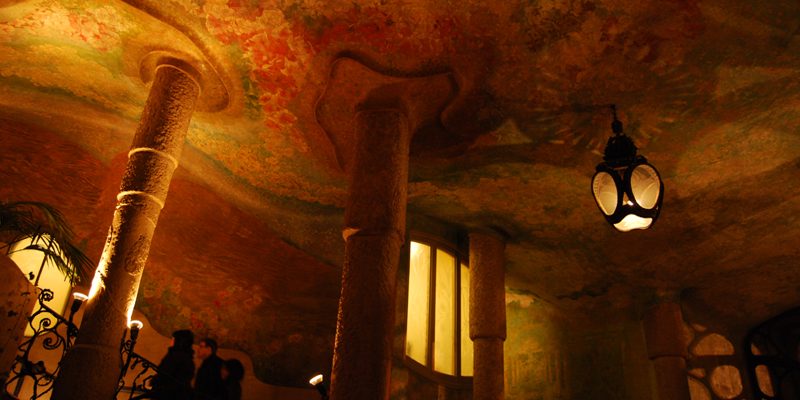
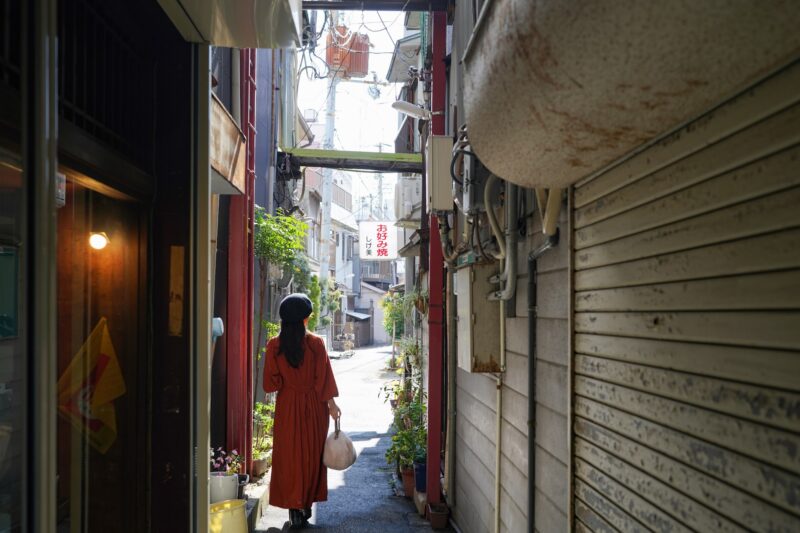
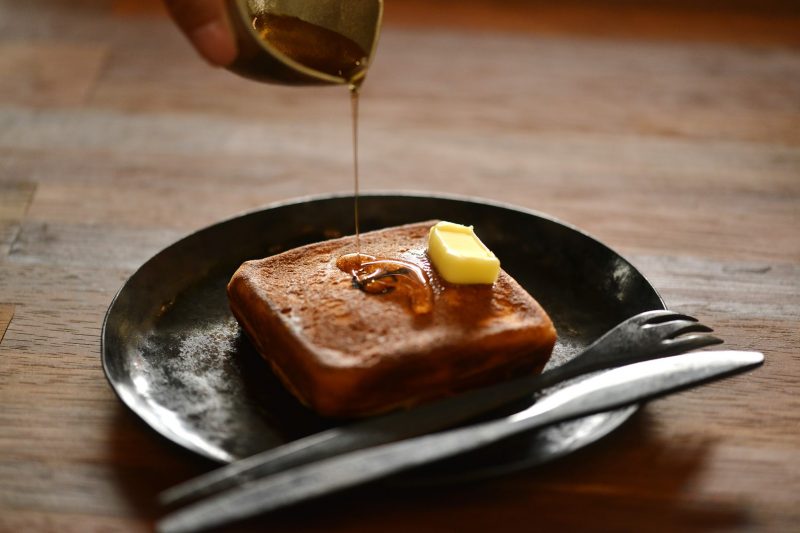
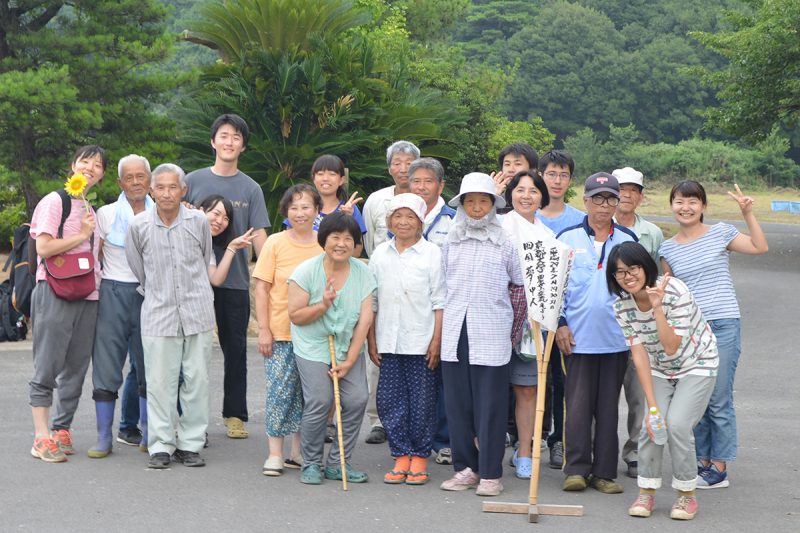
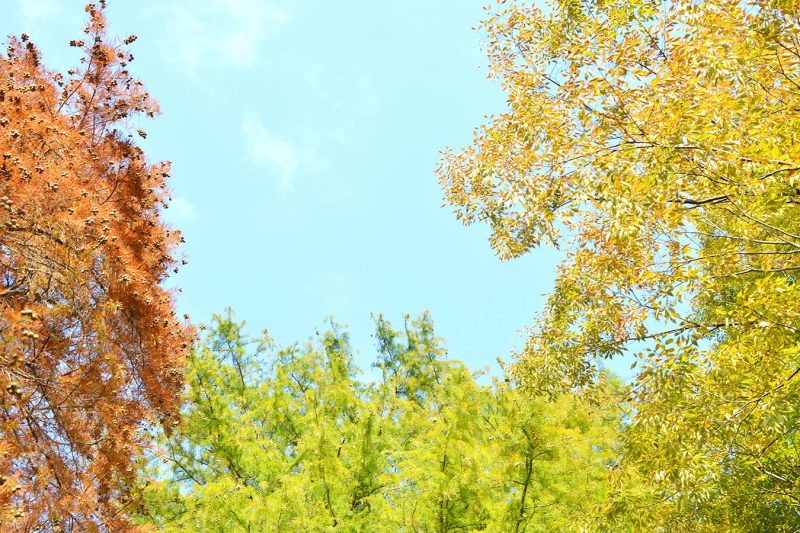
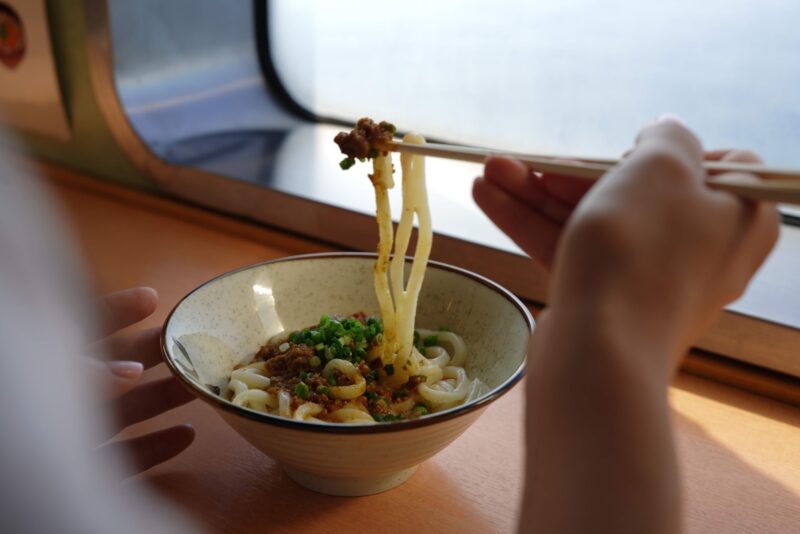
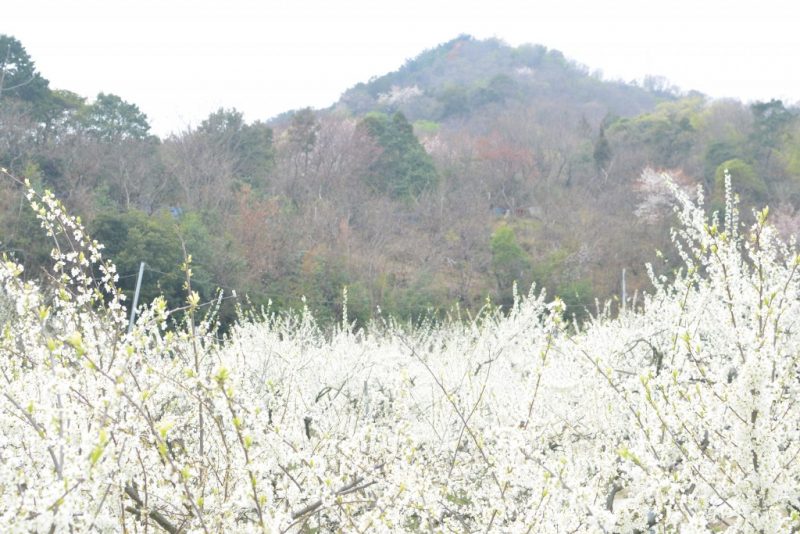
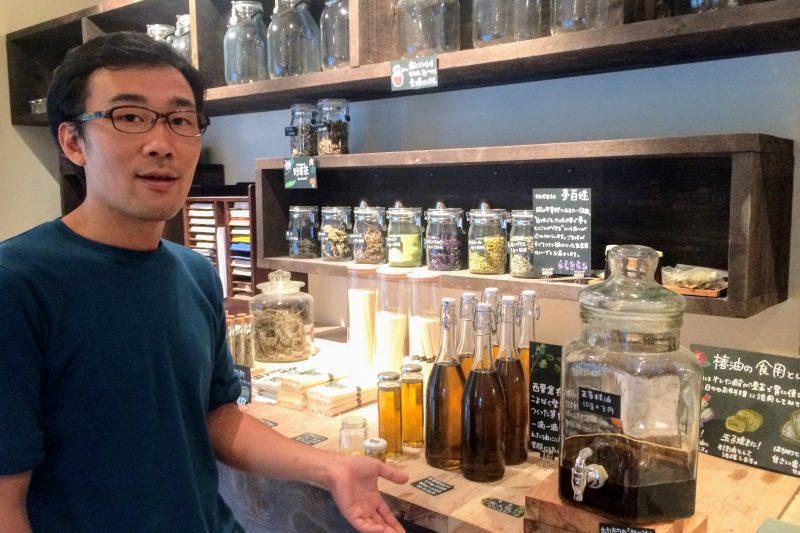
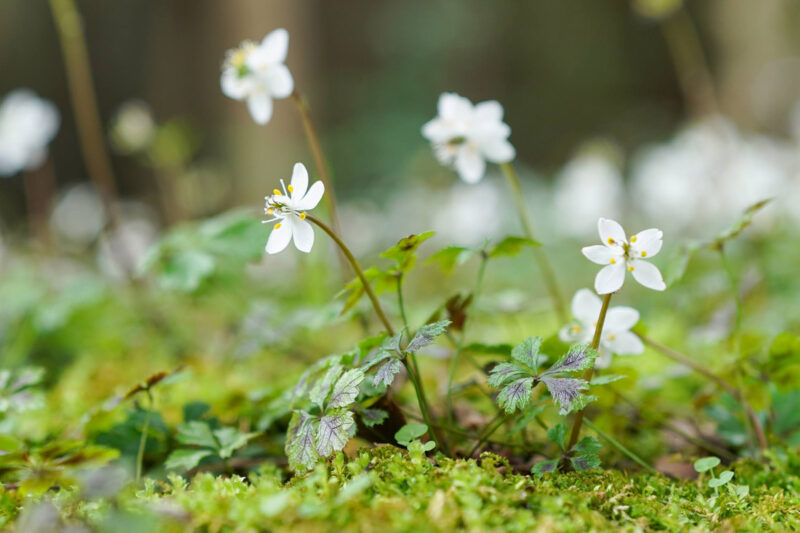
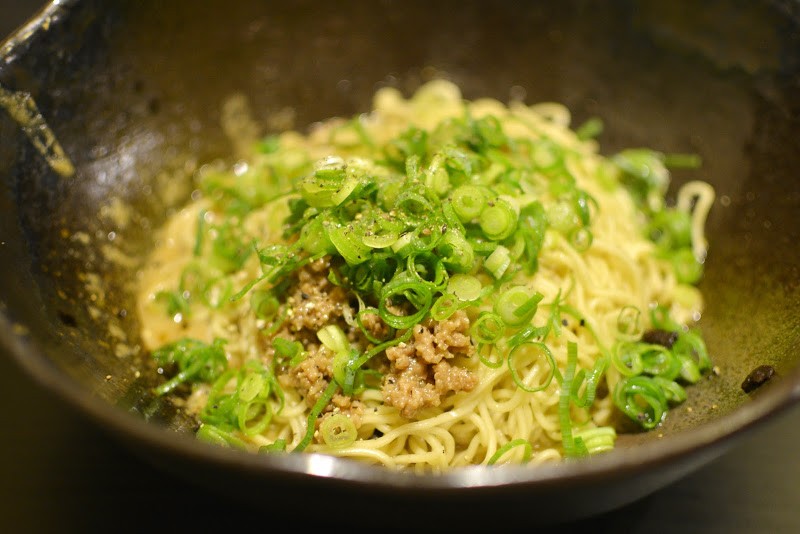
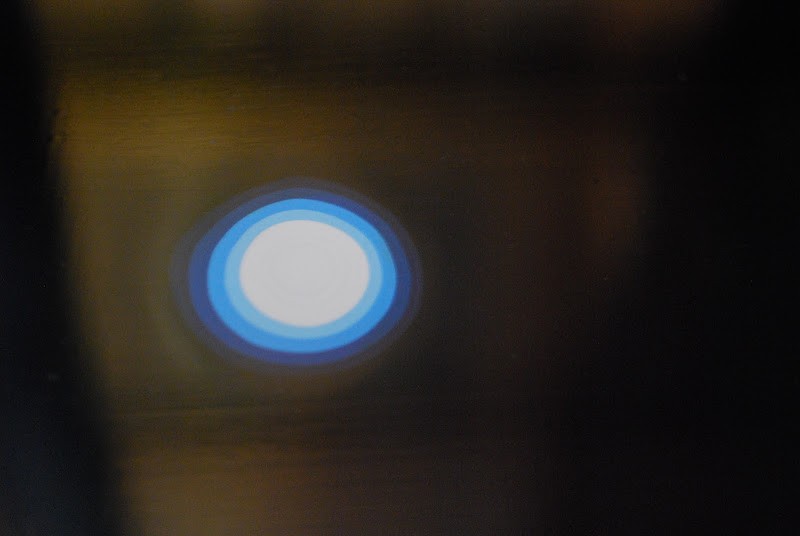
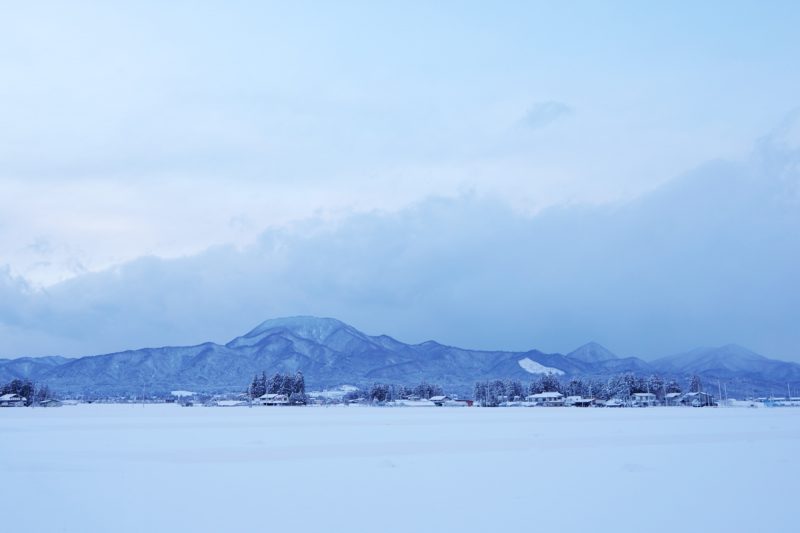
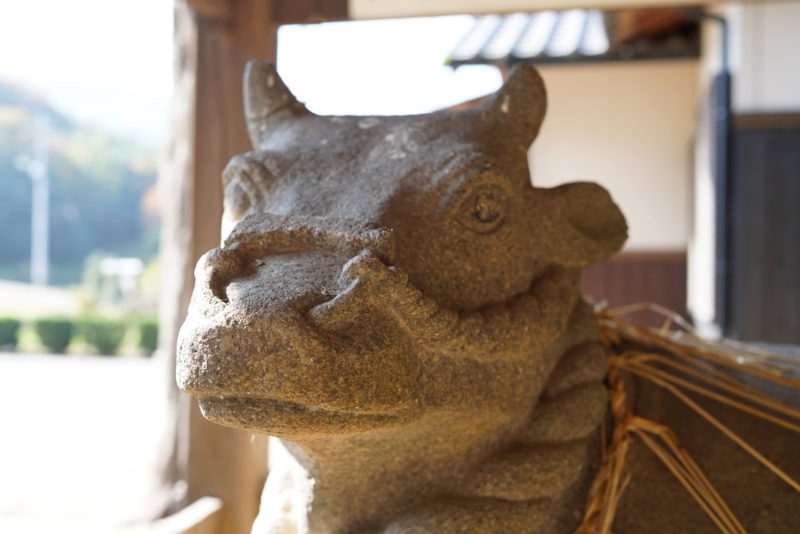
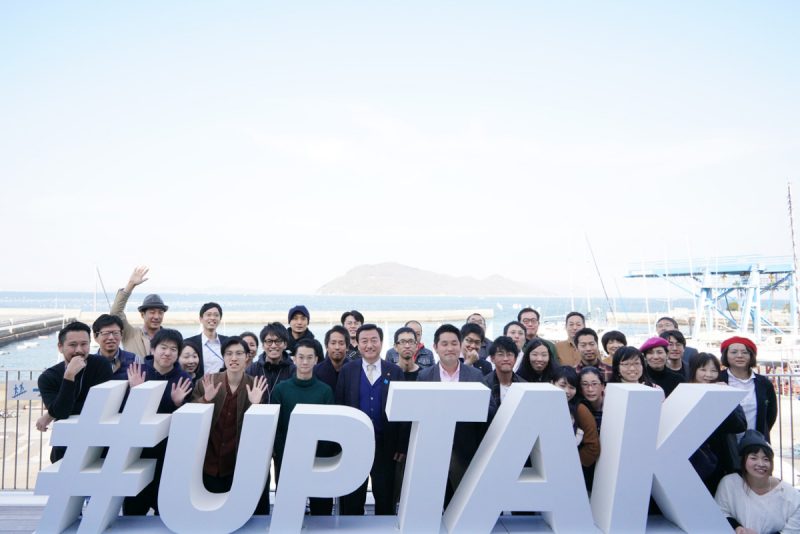
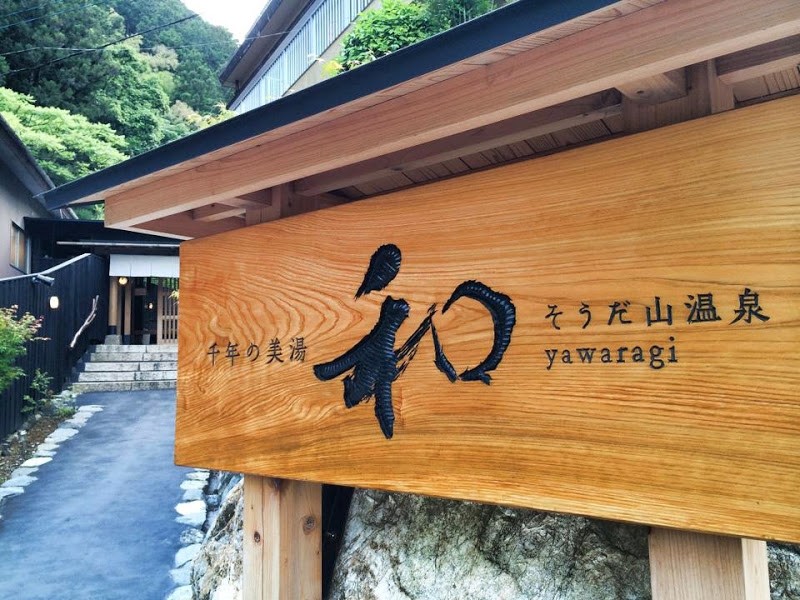
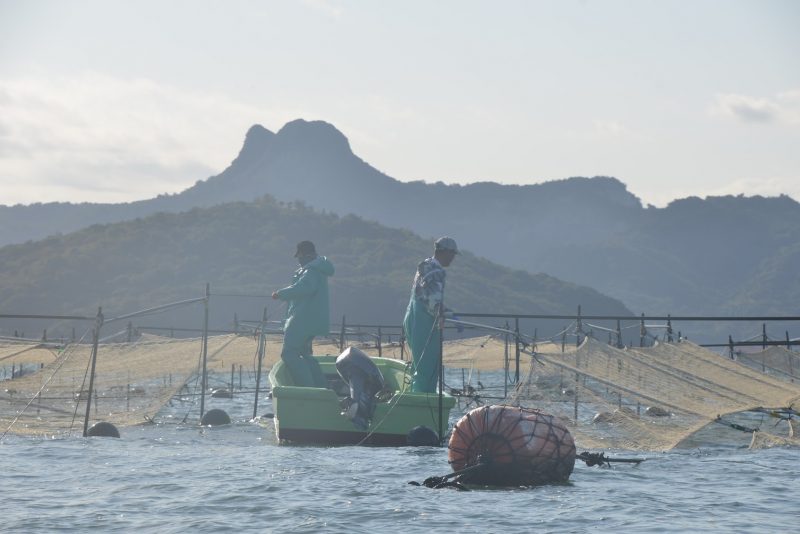
![小豆島の山と海とコーヒーと『moksha coffee』 – [Shodoshima island] Mountain, Sea and Coffee “moksha coffee”](https://yousakana.jp/wp-content/uploads/2021/12/moksha-coffee_02-1-800x534.jpeg)
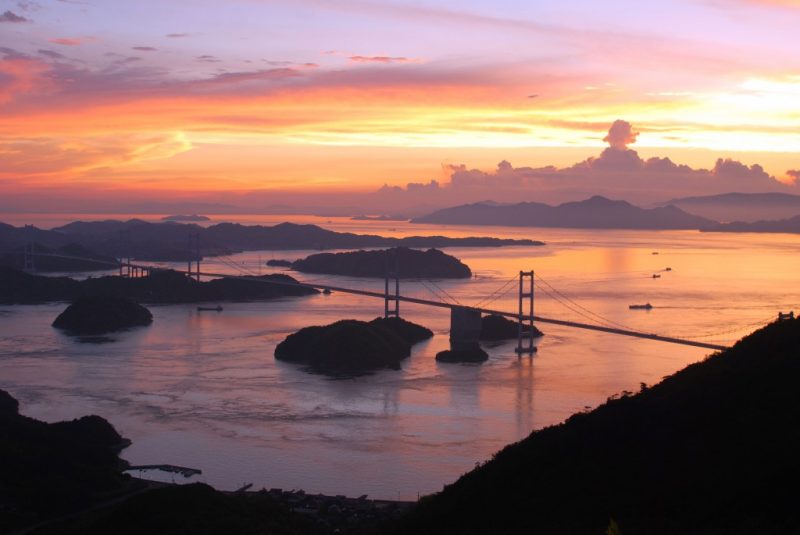
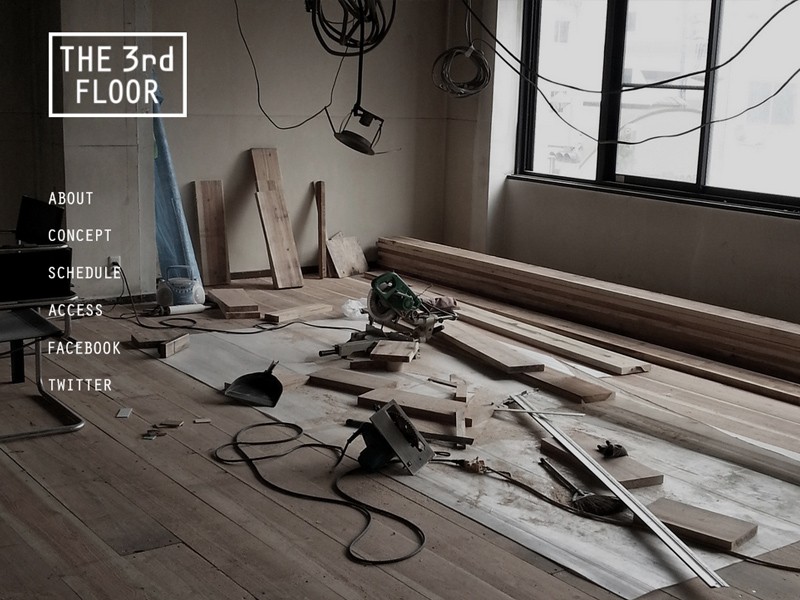
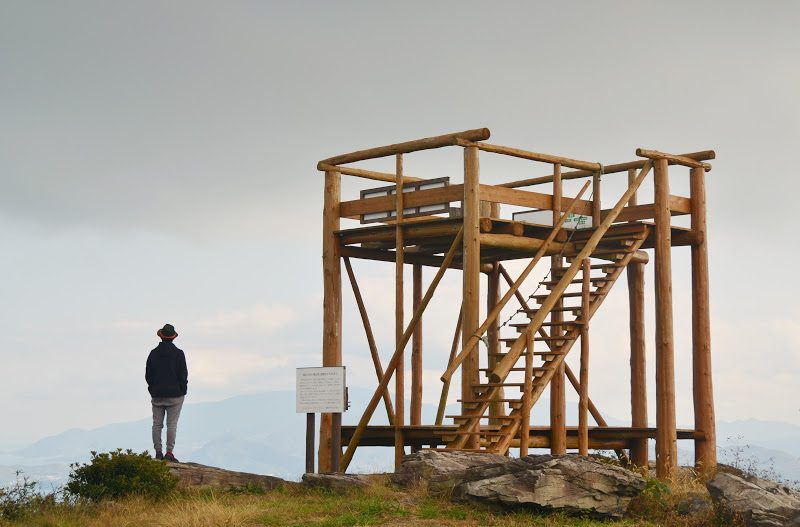
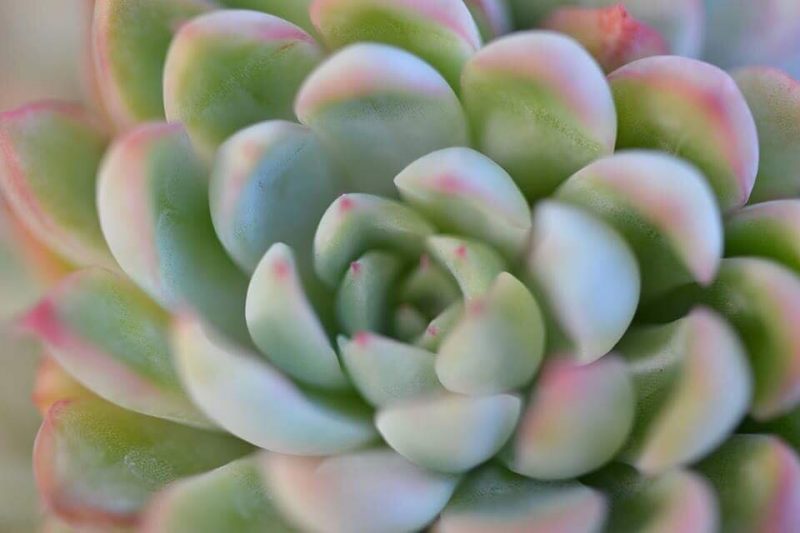
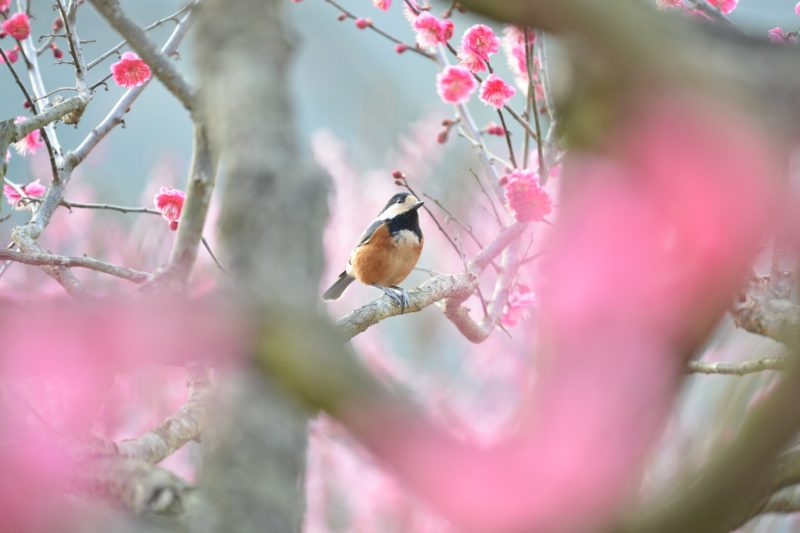
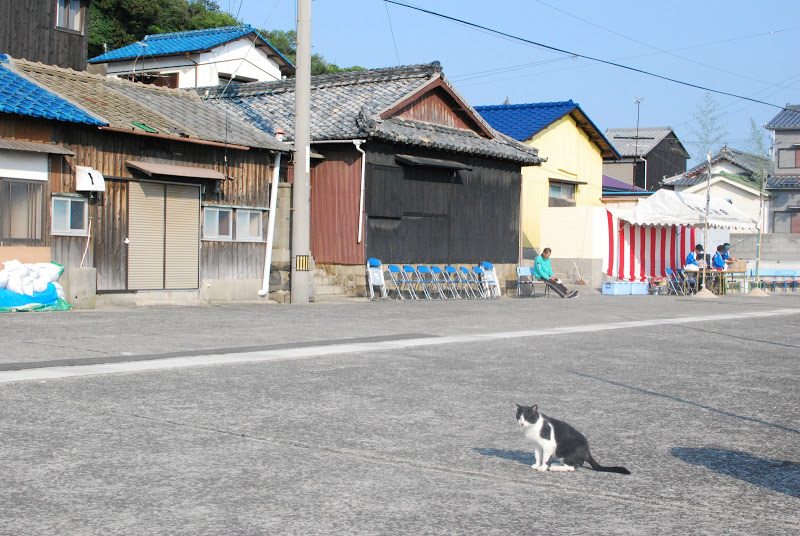
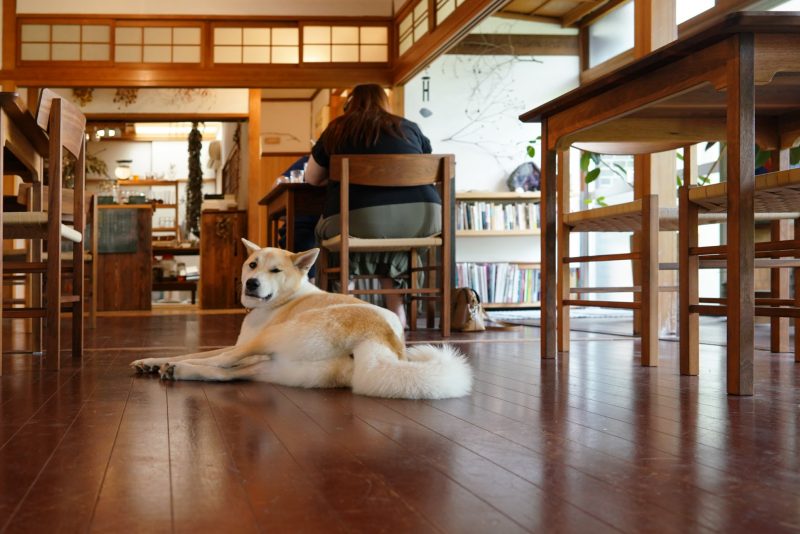
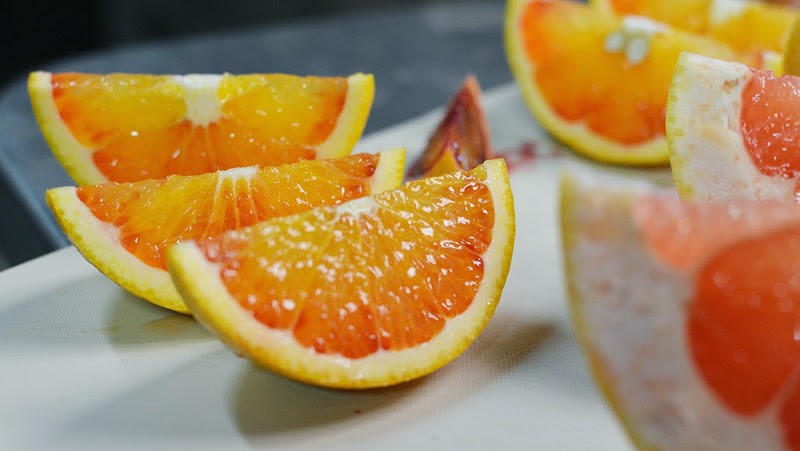
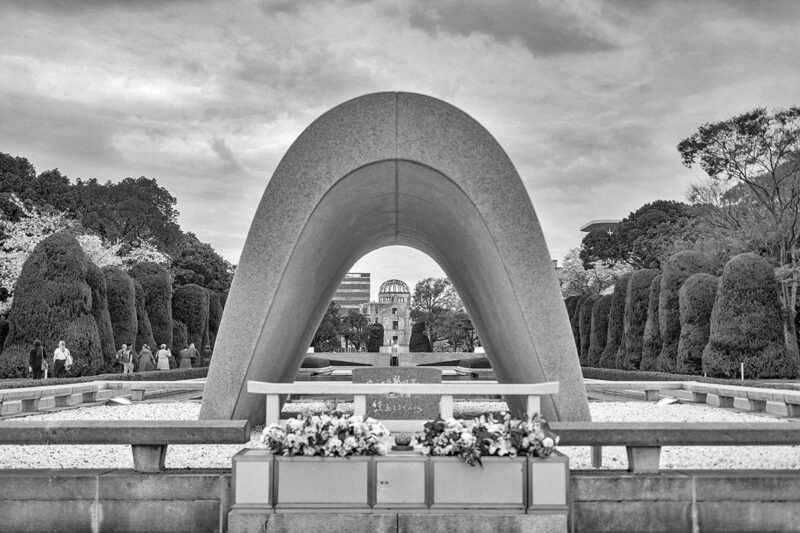
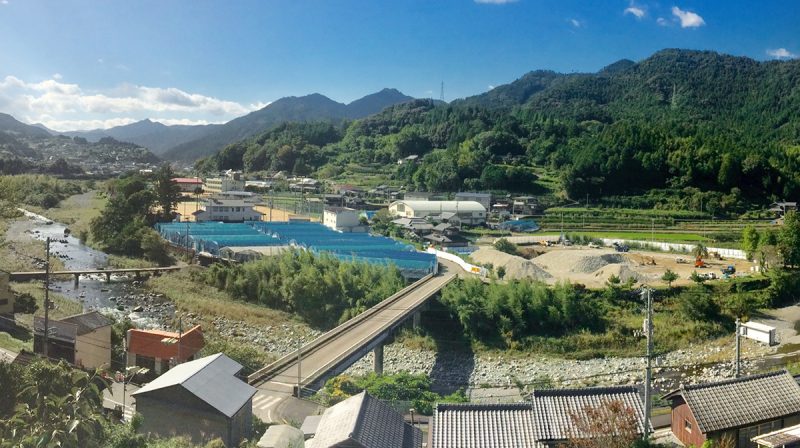
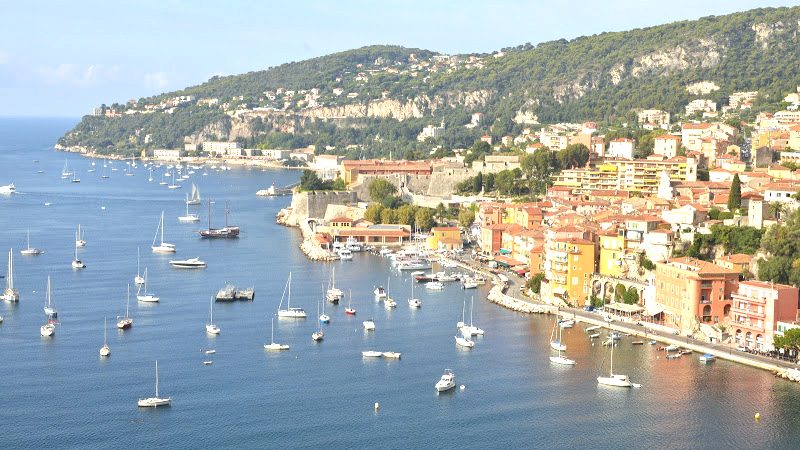
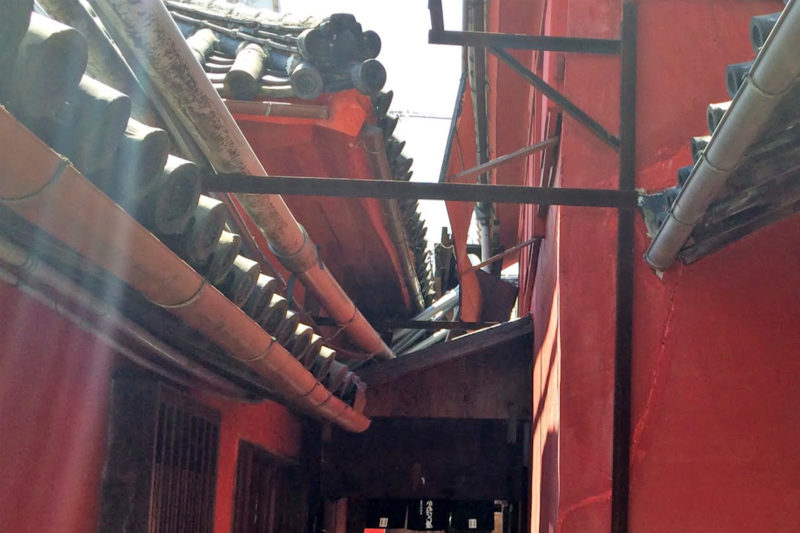
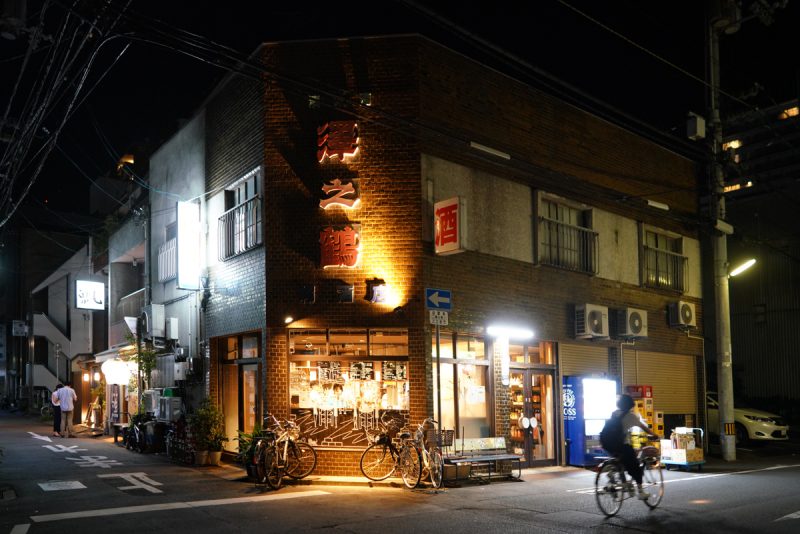
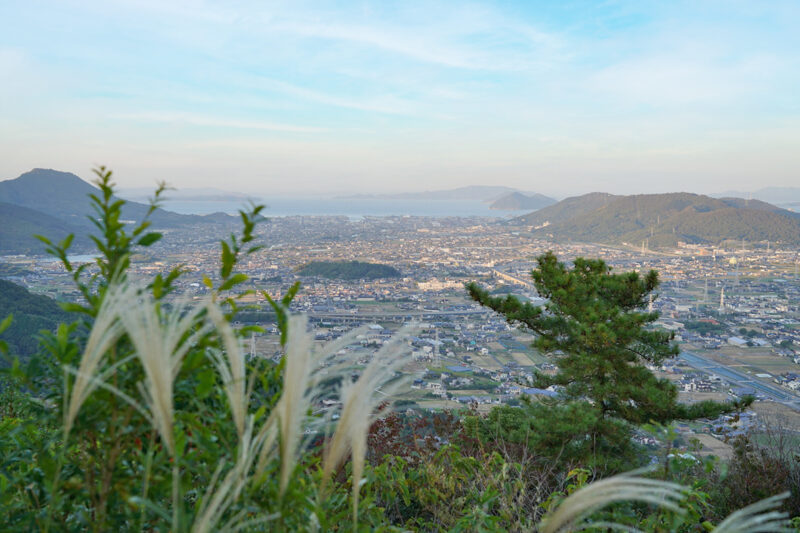
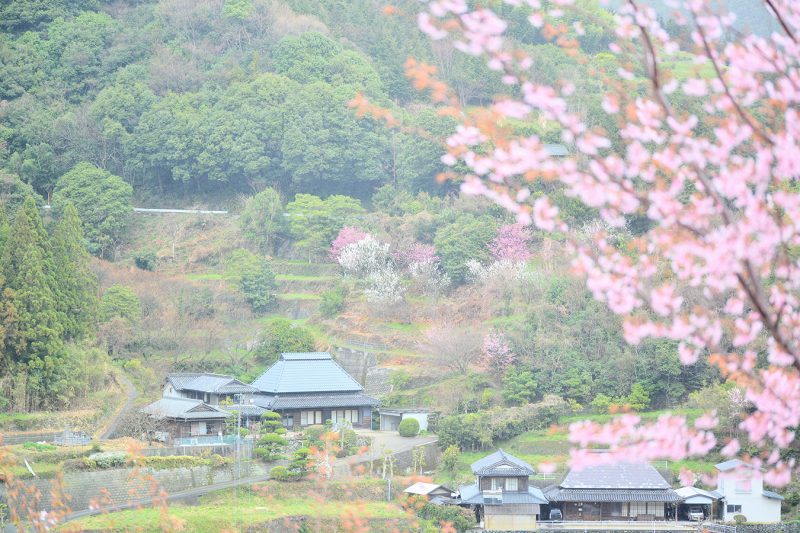
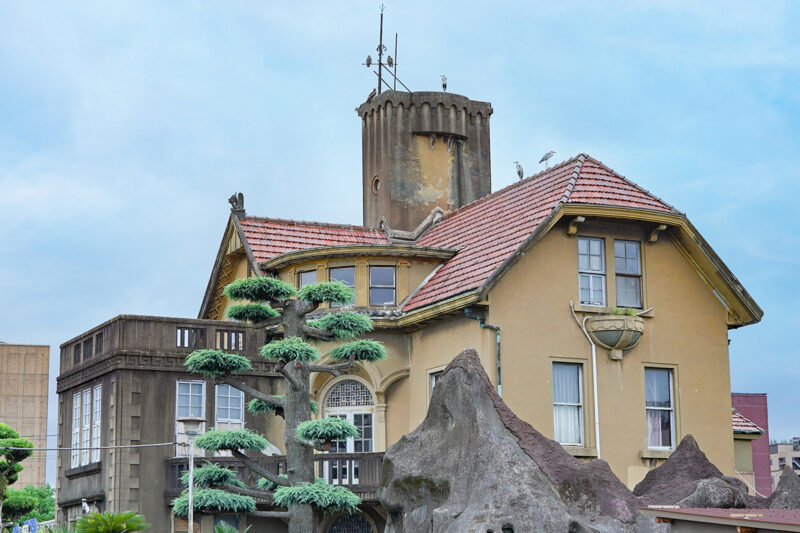

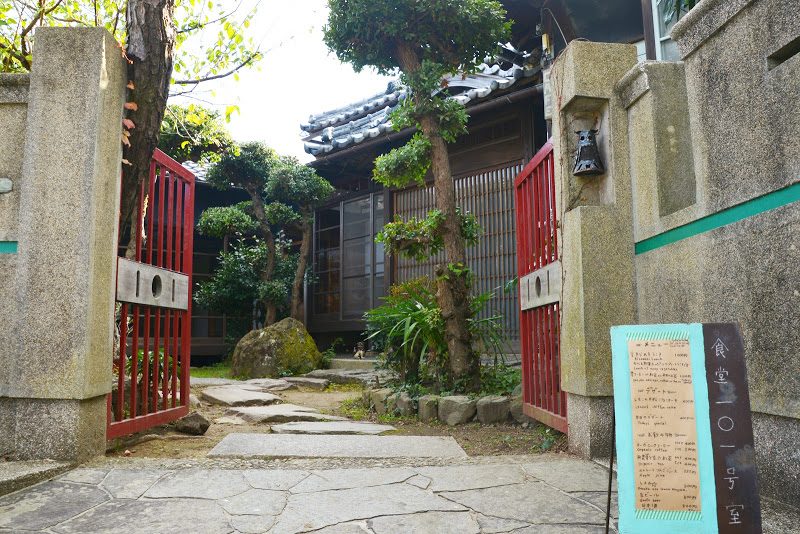
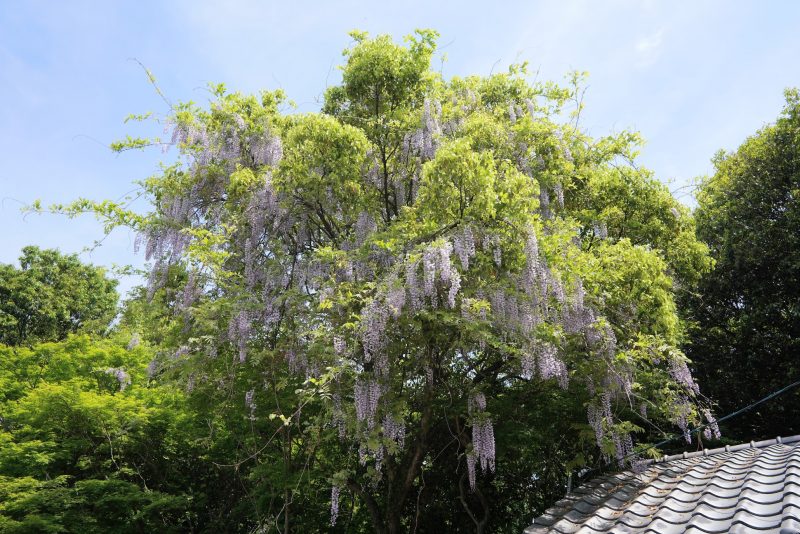
![【香川】ちょうさが集まる瀬戸内の秋祭り「白羽神社 秋祭り」 – [Kagawa] Shrine Autumn Festival with CHOUSA at Setouchi](https://yousakana.jp/wp-content/uploads/2015/09/DSC_01051-800x536.jpg)
![【愛媛】いとまちホテルゼロ – [Ehime] ITOMACHI HOTEL 0](https://yousakana.jp/wp-content/uploads/2023/06/itomachi-hotel-0-800x533.jpeg)
![【東京】和田邦坊が描いた蕎麦屋の天井画『つづらそば』 – [Tokyo] “Tsuzura Soba”, decorative ceiling painting by Kunibo Wada](https://yousakana.jp/wp-content/uploads/2017/11/kunibo-wada-02-800x533.jpg)
![【高知】樹齢500年、霧の中のひょうたん桜 – [Kochi] Gourd‐shaped cherry blossoms](https://yousakana.jp/wp-content/uploads/2017/04/niyodo-river_sakura-800x450.jpg)
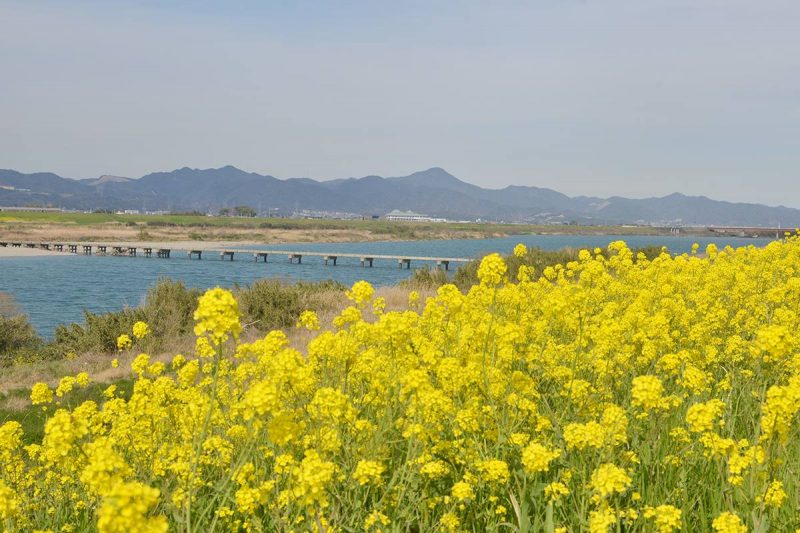
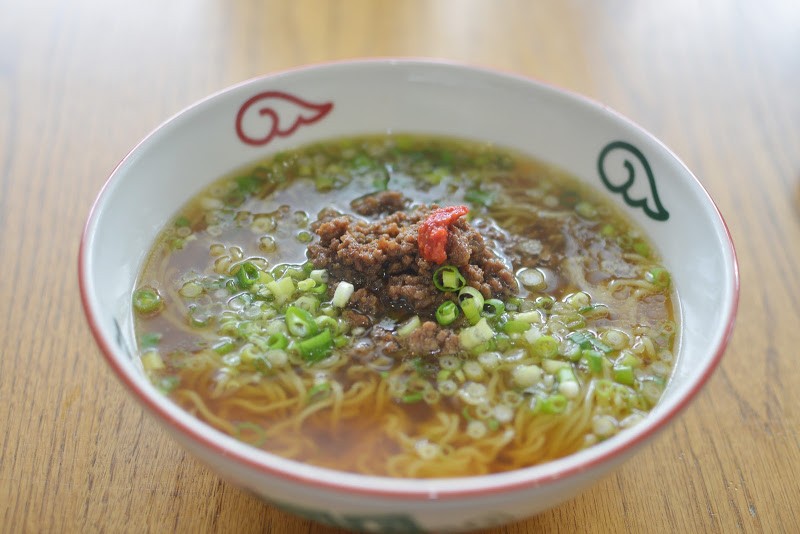
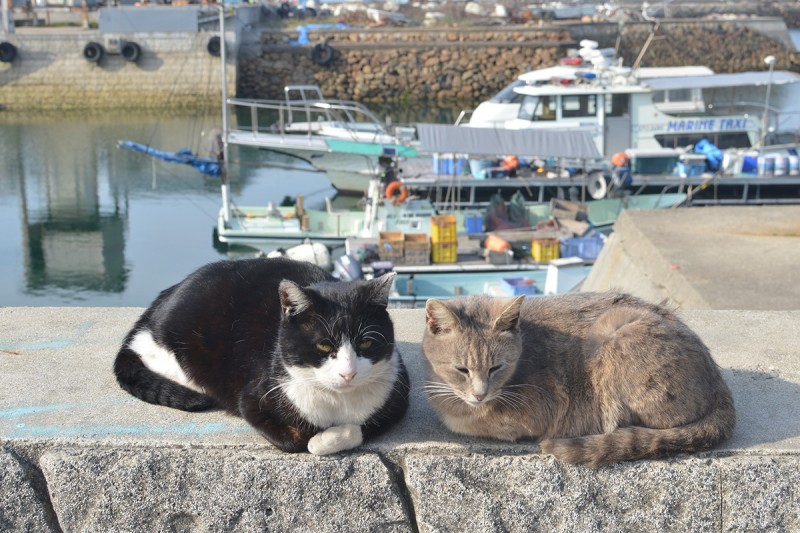
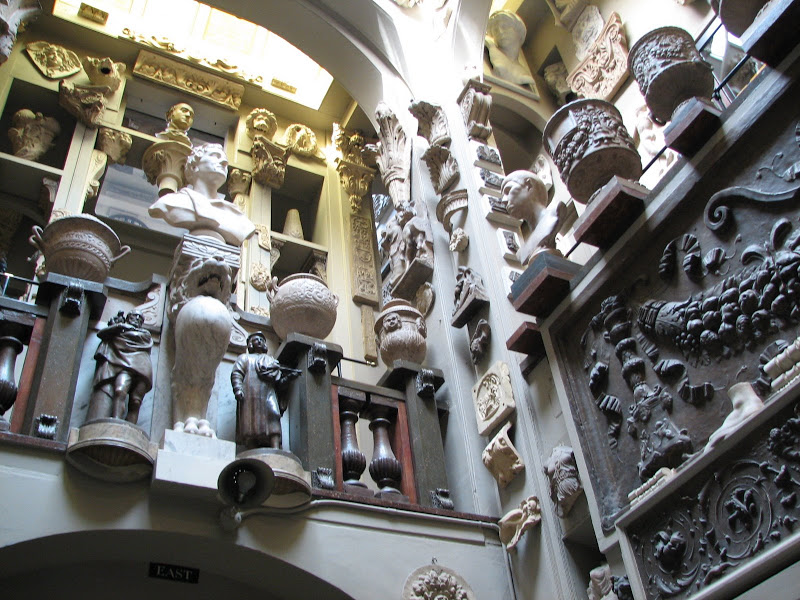
![【徳島】日本三奇橋・国指定重要有形民俗文化財『祖谷のかずら橋』 – [Tokushima] Important Tangible Folk Cultural Properties “Iya Vine Bridge”](https://yousakana.jp/wp-content/uploads/2012/02/Iya-Vine-Bridge.jpg)
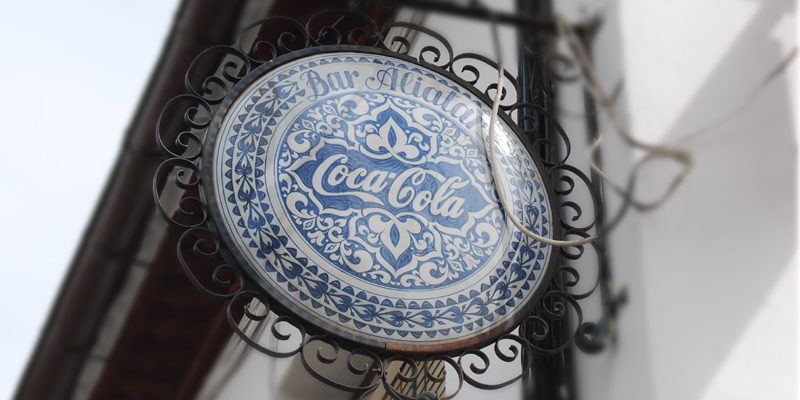
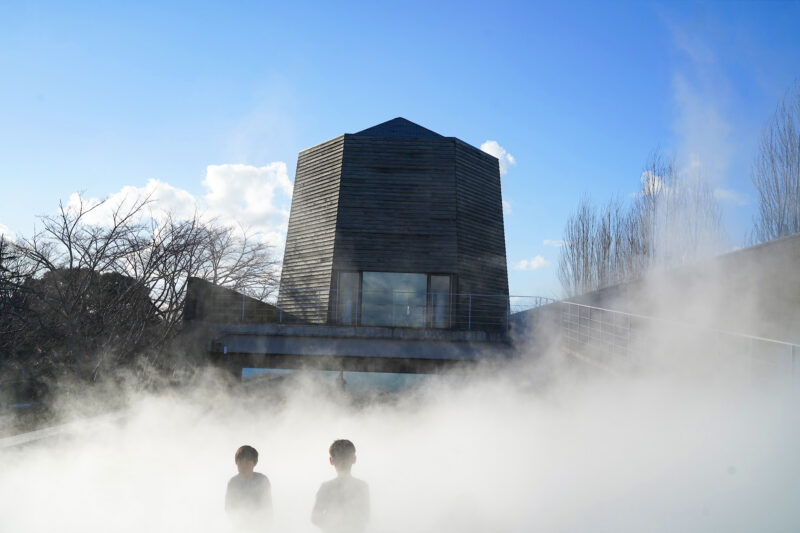
![【岡山 9/23まで】国宝『山鳥毛』 – [Okayama -Sep. 23] National Treasure “Sanchōmō”](https://yousakana.jp/wp-content/uploads/2024/08/sanchomo_title-800x450.jpg)
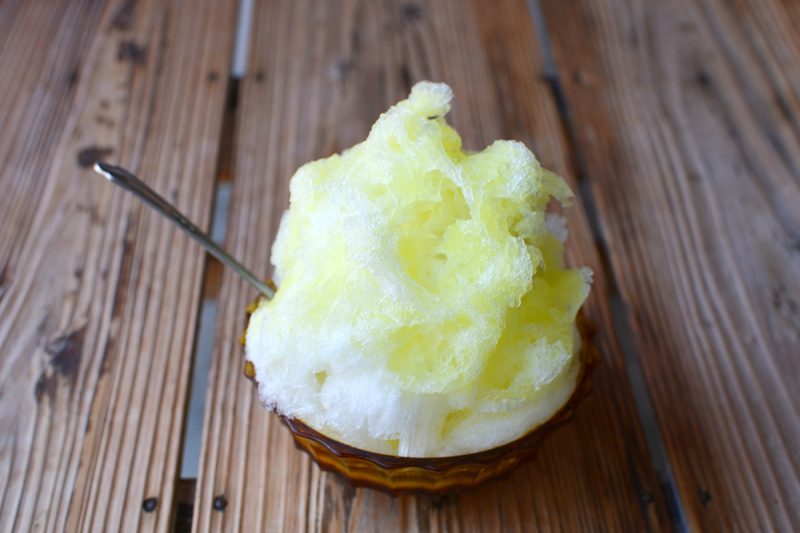
![【香川】浦島伝説が残る荘内半島の花畑『フラワーパーク浦島』 – [Kagawa] Flower park Urashima](https://yousakana.jp/wp-content/uploads/2025/05/urashima-flower-park-800x534.jpg)
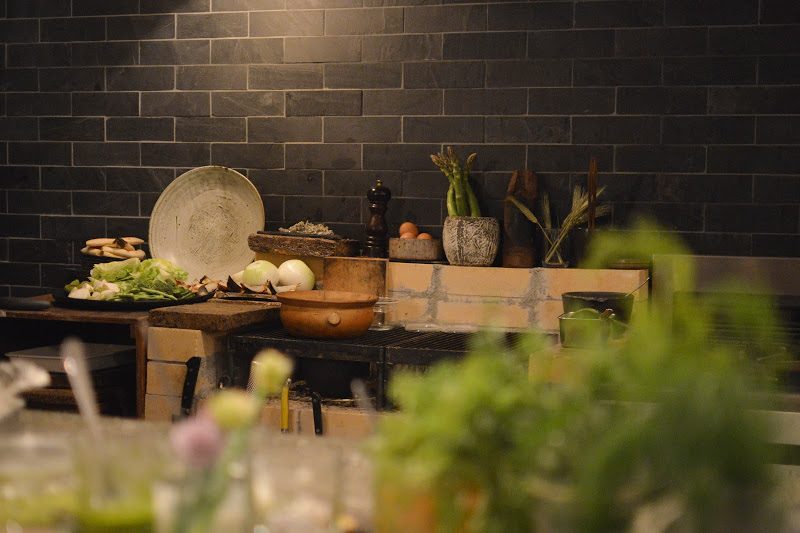
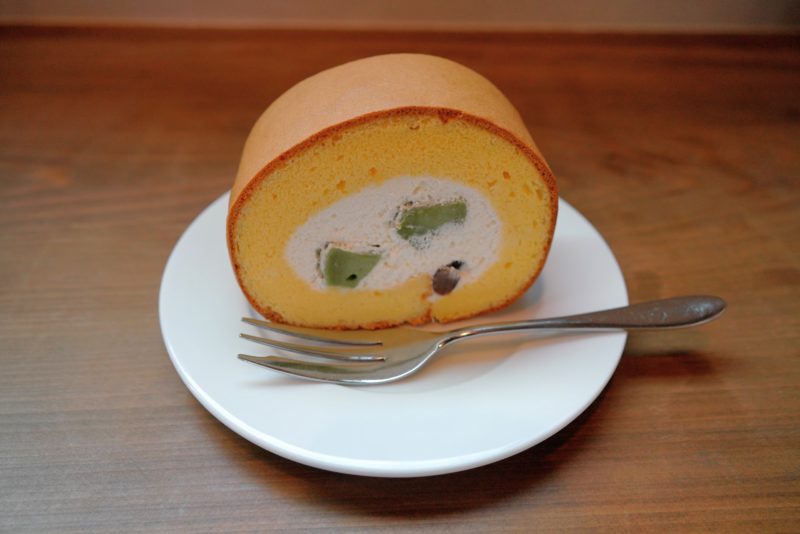
![【香川】花崗岩の採石で栄えた小さな島、小与島(こよしま) – [Kagawa] Koyoshima island](https://yousakana.jp/wp-content/uploads/2020/08/koyoshima-island-800x534.jpg)
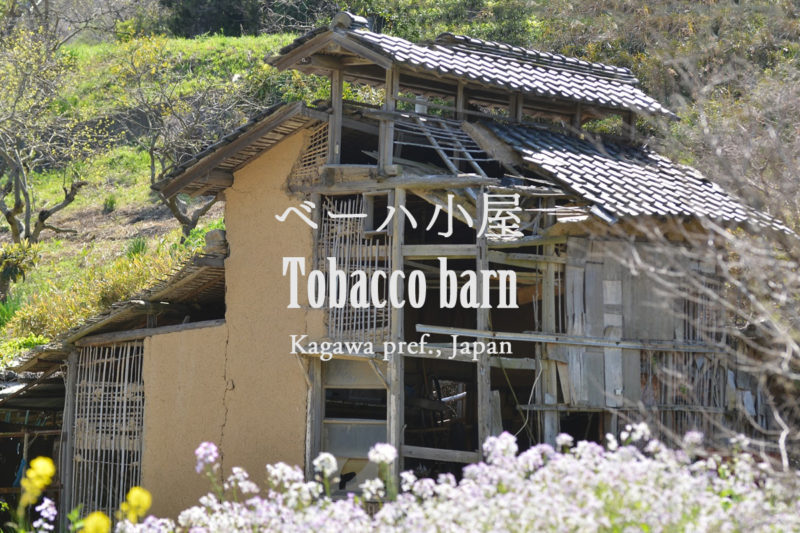
![【香川 4/12-30】樹齢800年の孔雀藤。香川県高松市の岩田神社 – [Kagawa 4/12-30] Peacock Wistaria at Iwata shrine](https://yousakana.jp/wp-content/uploads/2018/04/ishida-shrine-800x534.jpg)
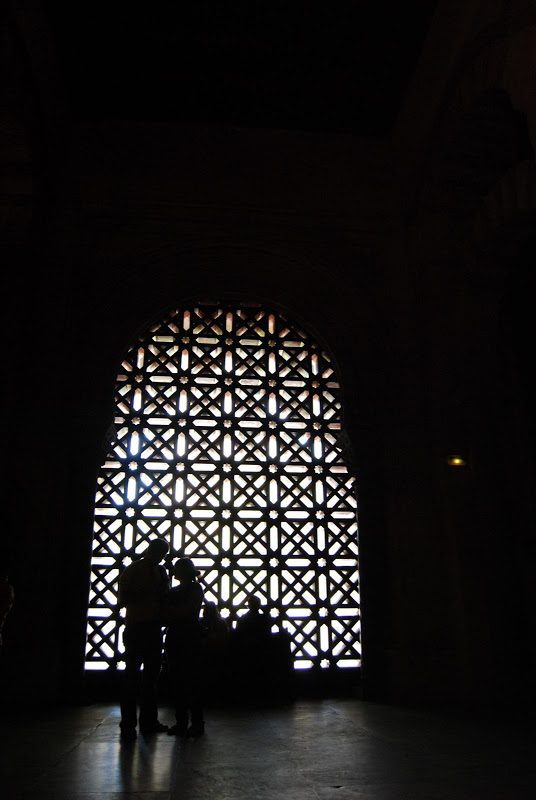
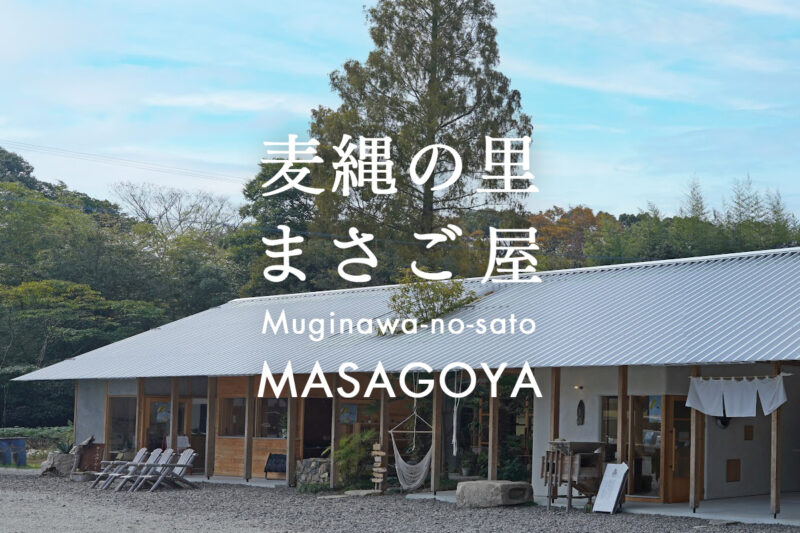



コメントを残す